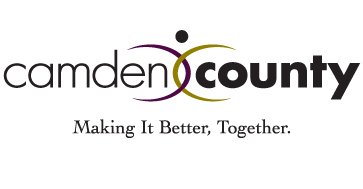What Are Opiates?
Prescription Drugs (Rx) and Heroin Prescription Drugs:
Some prescription drugs are called opioids, or narcotics, which can enhance, slow down, or alter brain activity. When prescribed, they are used for treating pain. They come as multi-colored tablets and capsules; some can be in liquid form. They are swallowed and may be injected when abused. Common drugs are Adderall, Dexedrine, Ritalin, Mebaral, Quaaludes, Xanax and Valium, Nembutal, Codeine, OxyContin, Percocet, and Vicodin. Heroin: A highly addictive drug derived from morphine. It affects the brain’s pleasure systems and interferes with the brain’s ability to perceive pain. It can be injected or smoked in a cigarette or pipe. Pure heroin is a white powder with a bitter taste. Most illicit heroin is sold as a white or brownish powder and is usually “cut” with other drugs or with substances such as sugar, starch, powdered milk, or other poisons or unknown substances. Another form of heroin known as “black tar” may be sticky, like roofing tar, or hard, like coal. Its color may vary from dark brown to black.
Signs and Symptoms
Depression of nervous system
Slurred speech
Constricted pupils
Droopy eyelids
Vomiting
Constipation
Impaired night vision
Impaired memory
Judgment and Coordination
Irritability
Stressed respiratory system
Withdraw
Restlessness Muscle and Bone Pain
Drug craving
Insomnia
Diarrhea and Vomiting
Cold flashes with goose bumps
Kicking movements
Side Effects
Collapsed veins
Infection of the heart lining and veins
Cellulitis
Liver disease
Drug additives that clog veins
Death of cells in vital organs
Increased risk of overdose
Potential for heart attack
Potential for lethal seizures
Physical dependence
Rebound effect
Paranoid and suicidal thoughts
Contacts:
John D. Pellicane, MBA, DRCC
Office of Mental Health & Addiction
- Department of Health & Human Services 512 Lakeland Road, 1st Floor Blackwood, NJ 08012
- 856-374-6320
- John.Pellicane@camdencounty.com
